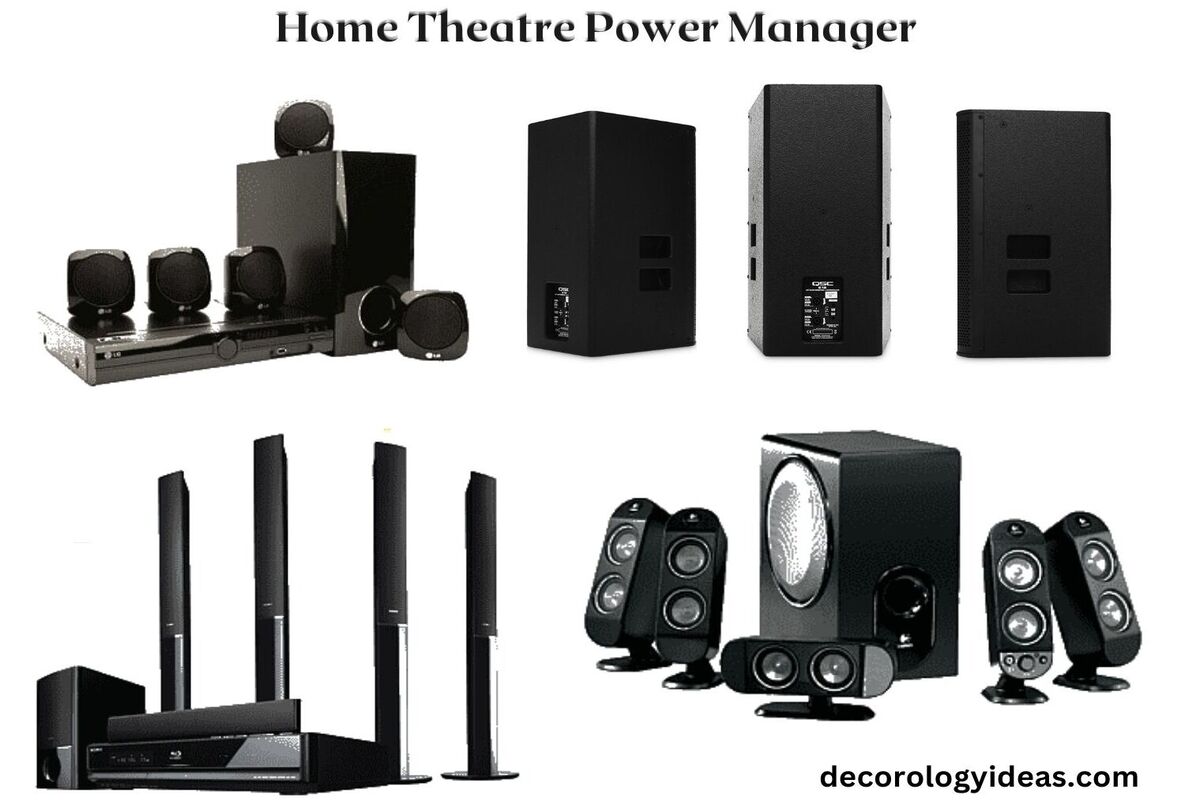
Sure, I’d be happy to help! Here are some important things you should know about home theater power management:
Why use a power manager for your home theater?
A power manager for your home theater helps to protect your expensive audio and video equipment from power surges, spikes, and other electrical disturbances. It can also help to reduce your energy consumption and save you money on your electricity bill.
Types of power managers
There are two main types of power managers for home theaters: surge protectors and power conditioners.
Surge protectors are designed to protect your equipment from power surges and spikes. They usually come with multiple outlets, allowing you to plug in several devices at once.
Power conditioners, on the other hand, are designed to clean up the power supply that feeds your audio and video equipment. They can help to reduce noise and interference, resulting in a cleaner, clearer sound and picture.
Features to look for
When choosing a power manager for your home theater, there are several features to consider. These include:
- Joule rating: This measures how much energy the surge protector can absorb before it fails. Look for a higher joule rating to ensure better protection for your equipment.
- Clamping voltage: This measures the voltage level at which the surge protector will activate. Look for a lower clamping voltage for better protection.
- EMI/RFI filtering: This helps to reduce noise and interference in your audio and video signals.
- A number of outlets: Make sure the power manager has enough outlets for all your devices.
- Warranty: Look for a power manager with a warranty to ensure that you are protected if anything goes wrong.
Installation
When installing your power manager, make sure to follow the manufacturer’s instructions carefully. You may also want to consider hiring a professional electrician to ensure that the installation is done correctly.
Maintenance
To ensure that your power manager continues to work effectively, you should regularly inspect it for damage and replace it if necessary. You should also test it periodically to make sure it is still providing adequate protection for your equipment.
By following these tips, you can ensure that your home theater power manager is providing the protection and performance you need for your audio and video equipment.
Related Questions:
1. What Exactly is a Home Theatre Power Manager?
A home theater power manager is a device that helps manage the power consumption of various components in a home theater system. It is designed to help protect sensitive audio and video equipment from power surges and electrical interference while also helping to reduce energy consumption and extend the life of the equipment.
2. How can I boost the output of my home theater?
There are several ways to boost the output of your home theater, depending on what specifically you’re looking to improve. Here are a few suggestions:
- Check your speaker placement: The placement of your speakers can have a big impact on the quality of your sound. Make sure your speakers are positioned correctly, with the center channel speaker at or slightly above ear level and the left and right speakers at equal distances from the center channel.
- Upgrade your speakers: If your current speakers aren’t delivering the sound quality you’re looking for, consider upgrading to a higher-end set. Look for speakers that have a high-frequency response, low distortion, and a wide dynamic range.
- Adjust your audio settings: Most home theater systems have audio settings that you can adjust to fine-tune the sound. Play around with the settings to find the best balance for your particular room and speakers.
- Add a subwoofer: A subwoofer can add a lot of depth and richness to your sound. If you don’t already have one, consider adding a subwoofer to your system.
- Use sound-absorbing materials: If your room has hard surfaces like hardwood floors and bare walls, sound can bounce around and create echoes. Adding sound-absorbing materials like rugs, curtains, and acoustic panels can help improve the clarity of your sound.
- Consider a soundbar: If you’re looking for a simpler solution, a soundbar can be a good option. Soundbars are designed to be easy to set up and use, and many offer high-quality sound in a compact package. Look for a soundbar with a subwoofer for the best results.
Remember that boosting the output of your home theater will depend on your specific needs and the type of equipment you have. Experiment with different solutions until you find the combination that works best for you.
